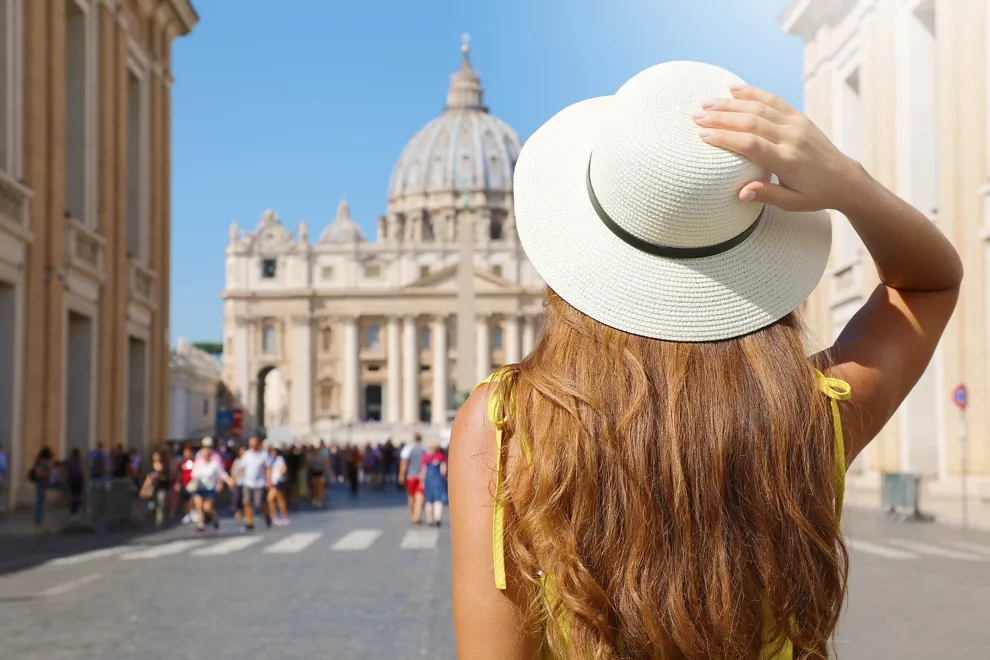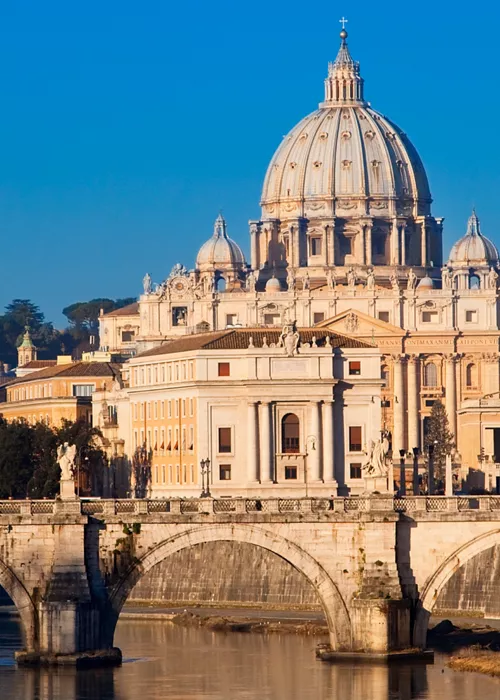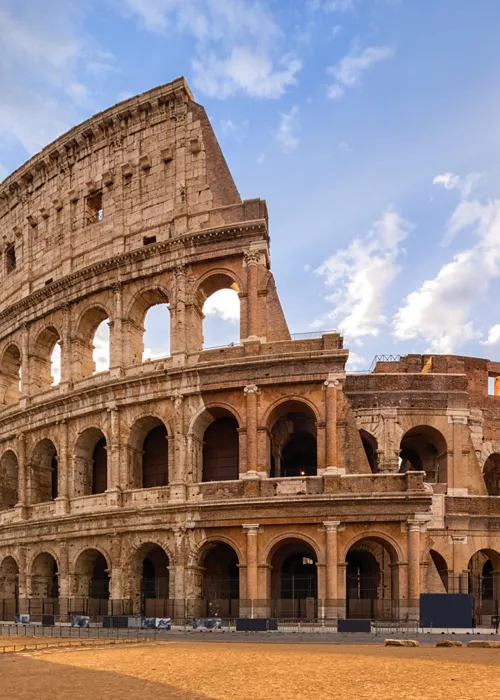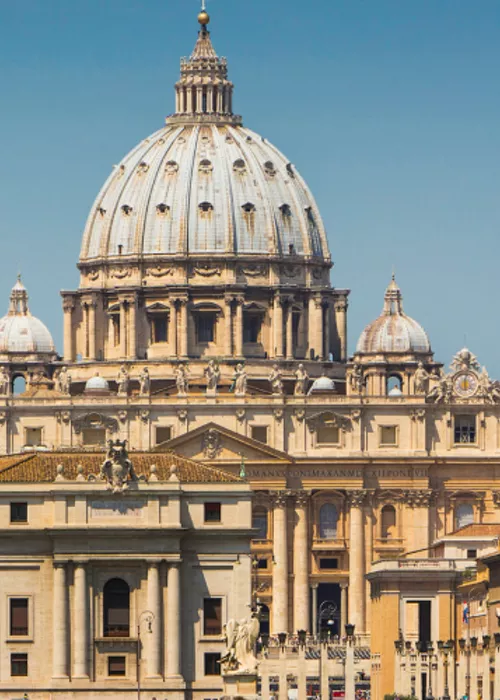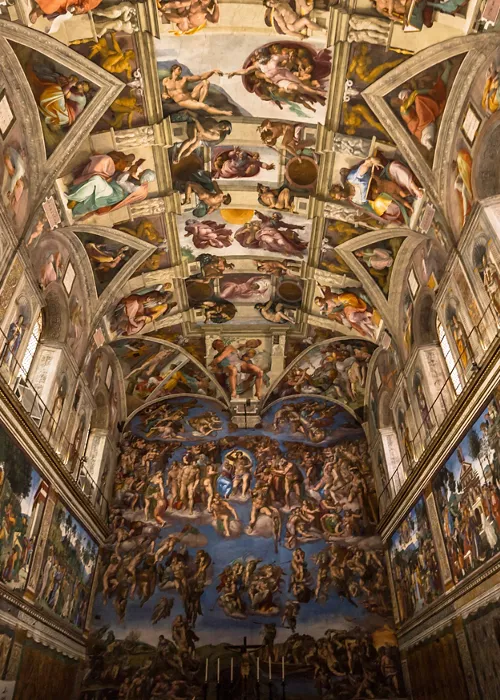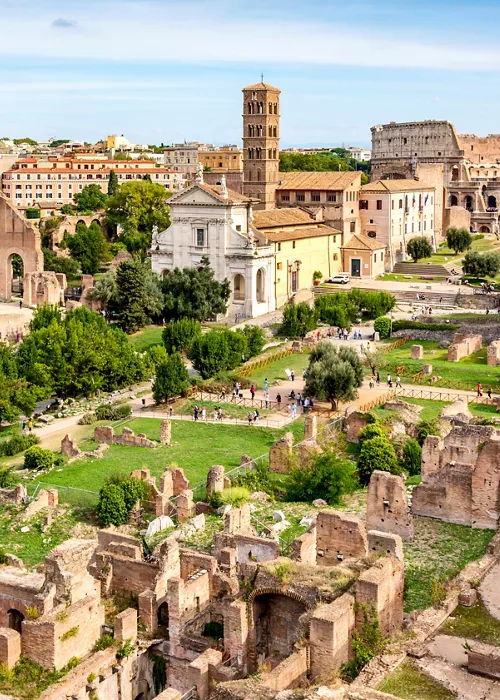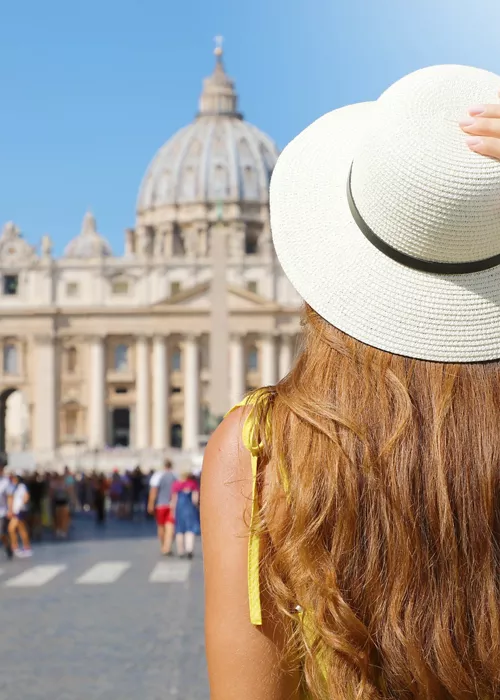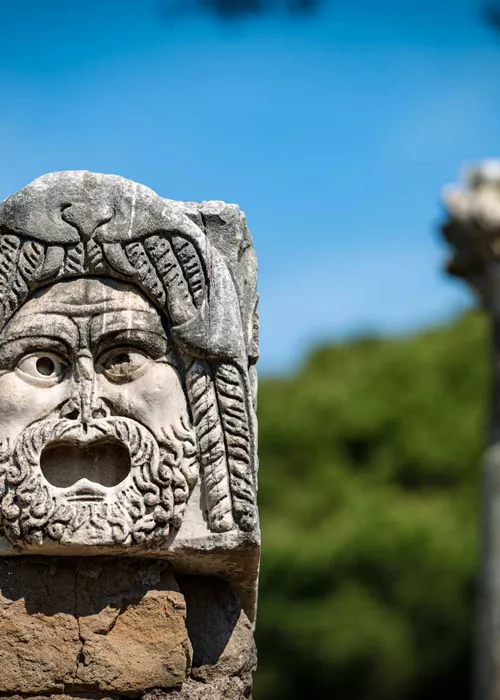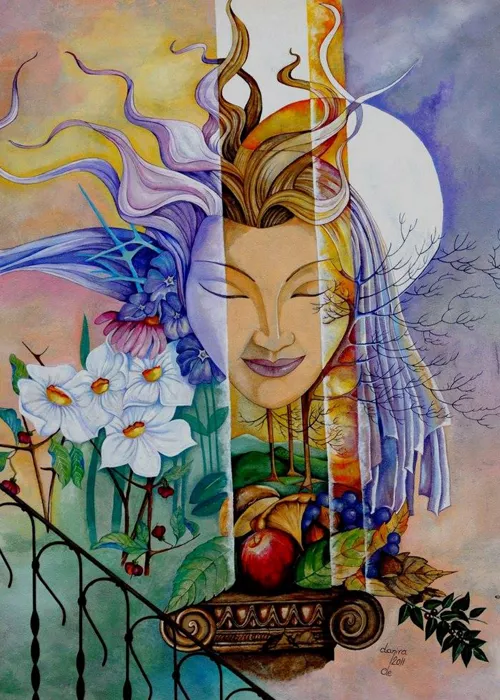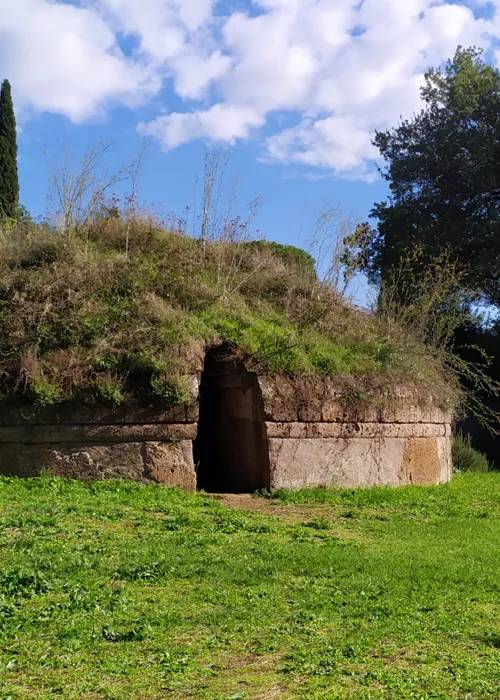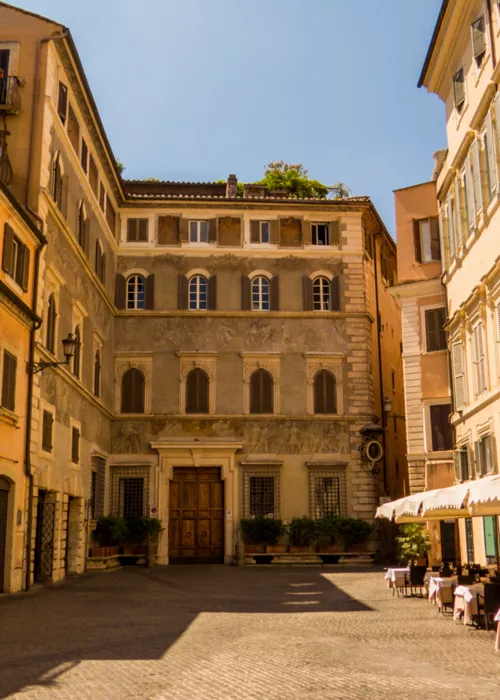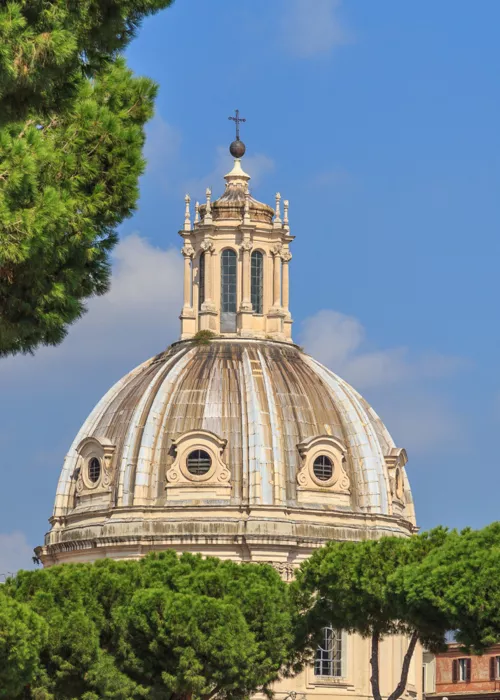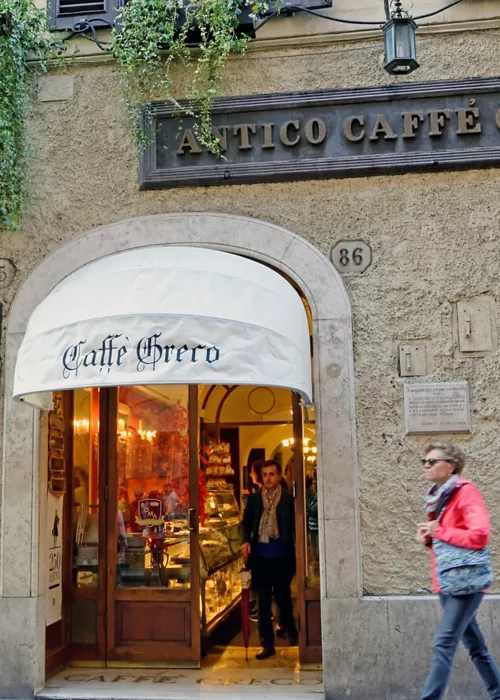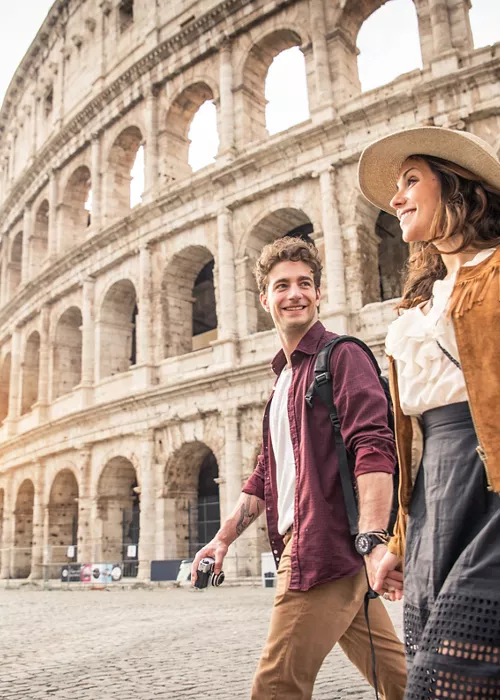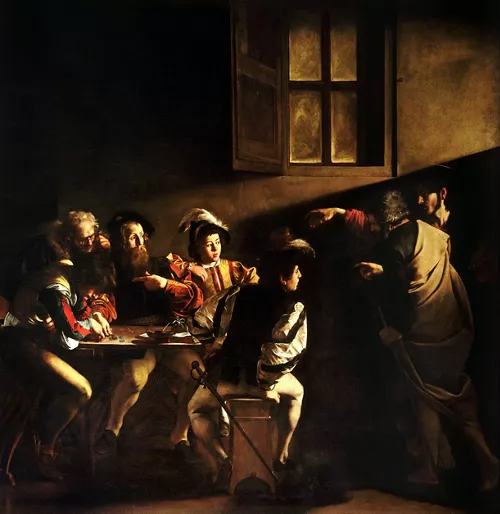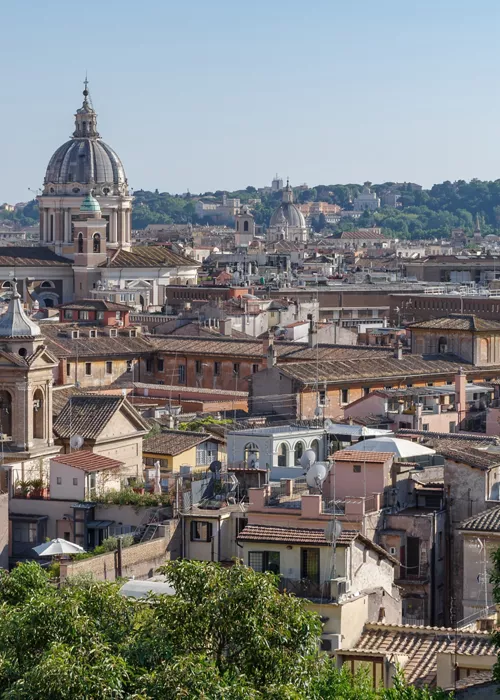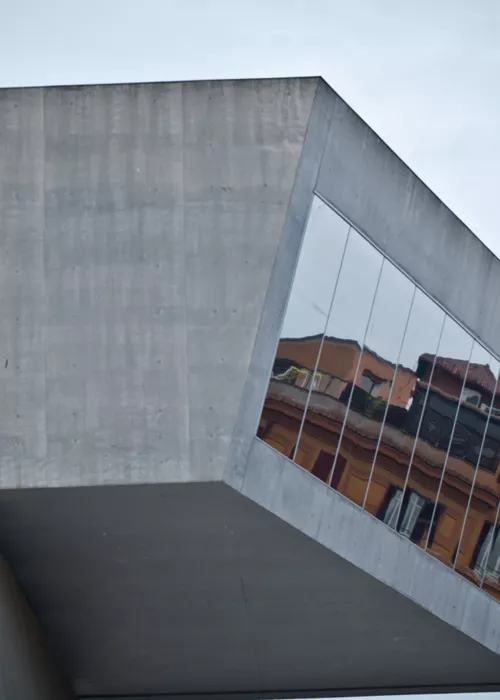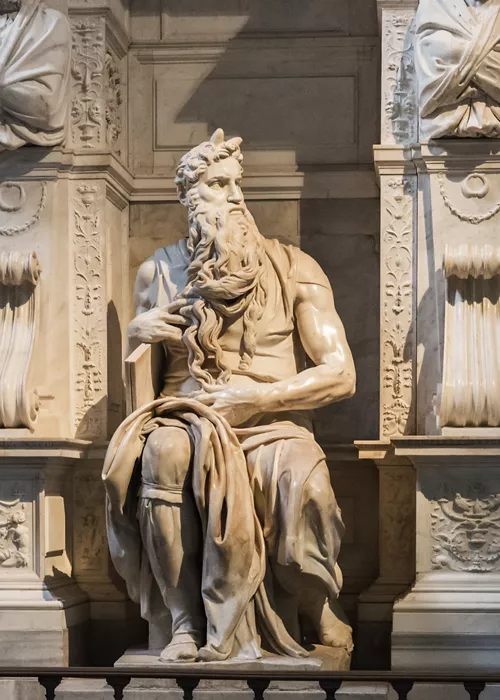St. Peter's Basilica and the Vatican Museums
4 minutes
Right in the middle of Rome, within the Vatican City rises the magnificent St. Peter's Basilica, the largest church in the world. Its impressive dome stands out over all the other roofs of the Eternal City, while the Vatican Museums know that what they hold inside goes beyond the value of the Sistine Chapel alone.
St. Peter's Basilica
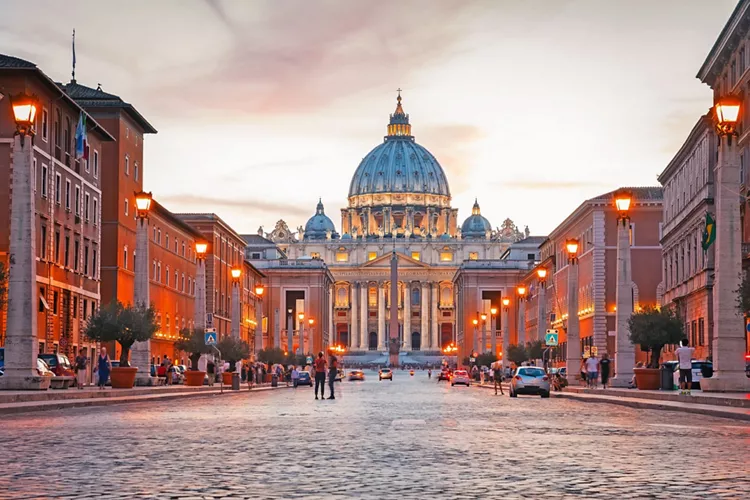
The beating heart of Catholicism, St. Peter's draws millions of pilgrims every year; they arrive from every part of the world to unite in prayer and receive the Pope's blessing. The construction of the Basilica that now dominates St. Peter's Square began April 18, 1506, when the Church was headed by Pope Julius II, and was completed in 1626, during the papacy of Pope Urban VII. The Square, rather, was completed in 1667. On the same site - before the present-day Basilica - stood another basilica from the 4th Century; it had been commissioned by Roman Emperor Constantine I. A string of architects worked on the Basilica: Bramante, whose collaborators included Giuliano da Sangallo; Raphael, who also collaborated with Giuliano da Sangallo, as well as Frà Giocondo; Antonio da Sangallo the Younger, collaborating with Baldassarre Peruzzi; Michelangelo, Pirro Ligorio and Jacopo Barozzi da Vignola; Giacomo Della Porta, with help from Domenico Fontana; Carlo Maderno and, of course, from 1629 forward, Gian Lorenzo Bernini.
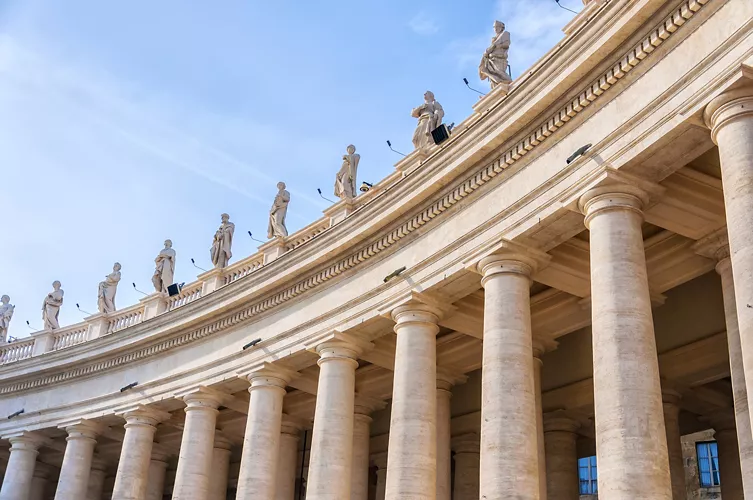
Bernini realized the imposing lateral colonnades in the 17th Century. They are composed of 284 columns in the Doric order, surmounted by 140 statues of the saints that rise to a height of 10.2 ft. Six large crests decorate them, representing Pope Alexander VII (a.k.a. Fabio Chigi). Fruit of Bernini's architectonic genius, the columns are perfectly arrayed one behind the other, positioned atop porphyry disks and, as if by magic, they seem to move. The Square boasts a diameter of 787 feet, and in its center, an 82-ft tall obelisk. Taking the stairway - restructured by Bernini and comprising three levels - one arrives at the portico, with five gates lining its 233-ft length. Each one corresponds to one of the front portals of the Basilica. Both the portico and facade are the works of Carlo Maderno.
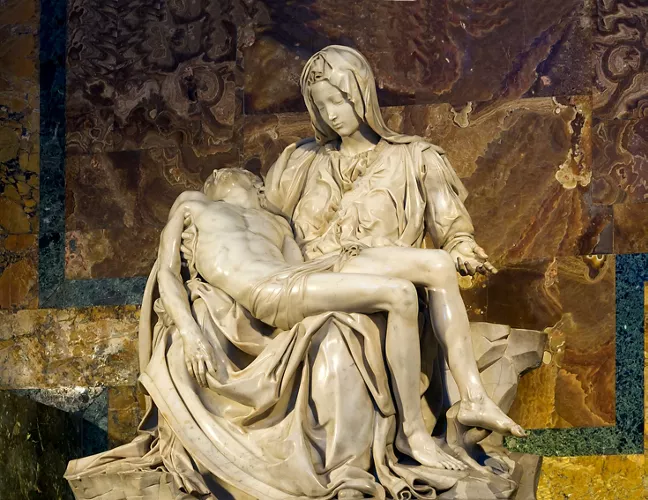
Entering in the Basilica, visitors are immediately struck by the artistic profusion of the interiors, in addition to the evocations effused by this sacred place still, they often do not immediately perceive the real grandeur of the work. At the end of the central nave is the statue of St. Peter giving his blessing, with his foot worn by the caressing hands of the faithful. In the right nave is Michelangelo's esteemed Pietà, marble group of sublime expression, unbelievably created by the artist at just 23 years of age.
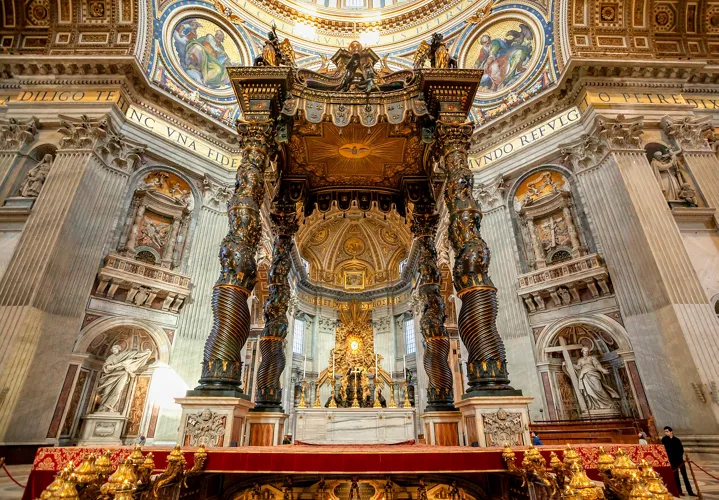
Symbol of the Catholic Church and of the City of Rome is the principal dome, an impressive work also designed by Michelangelo, and completed after his death by Domenico Fontana and Giacomo della Porta. The interior decoration is realized in mosaic technique, depicting scenes of Christ and the Apostles, and is ornamented with busts of the Popes and Saints. The stairway leading to the top of the cupola boasts a particular design in cantilevered planks, using terra-cotta from Ferentino. The space underlying the cupola is filled by the monumental St. Peter's Baldachin, also conceived by Bernini and raised between 1624 and 1633. Composed of bronze withdrawn from the Pantheon, it is 98 feet tall, and is supported by four tortile columns. The Vatican Grottoes, located under the Basilica floor, hold the tomb of Saint Peter and those of other popes, including John Paul II.
Vatican Museums and Sistine Chapel
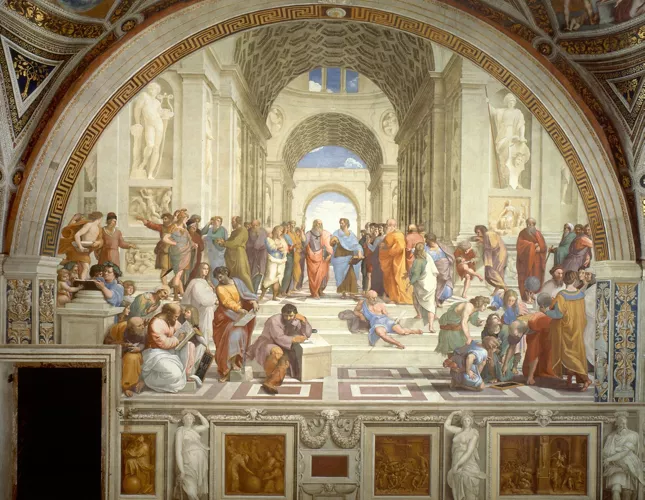
Not very far from the Basilica, tracing the Vatican walls, visitors arrive at the entrance to the Vatican Museums, housing works of art of incomparable value. Among the various exhibition halls, the Museum of Egyptian Art displays numerous examples of sculptures, sarcophaguses and mummies, Mesopotamian cuneiform tablets and seals. The Painting Gallery (Pinacoteca) contains works by Giotto, Caravaggio, Beato Angelico, Perugino, Leonardo, Titian and Raphael. In the Vatican Palaces visitors are allowed to enter Raphael's Rooms, decorated with beautiful frescoes realized by the artist between 1508 and 1524.
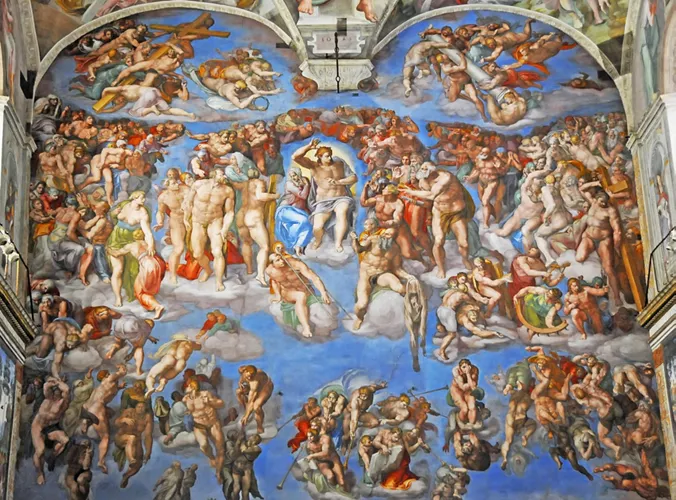
But the main attraction is the Sistine Chapel, a wonderful masterpiece achieved with the contribution of many artists, among them Perugino, Botticelli, Rosselli and Ghirlandaio. Although the most famous contribution is undoubtedly Michelangelo's painting of the ceiling, along with the Last Judgment behind the altar. The Sistine Chapel is known throughout the world, not only for its magnificent decoration, but also for the fact that it is where the Papal Conclave is held.
Curiosities
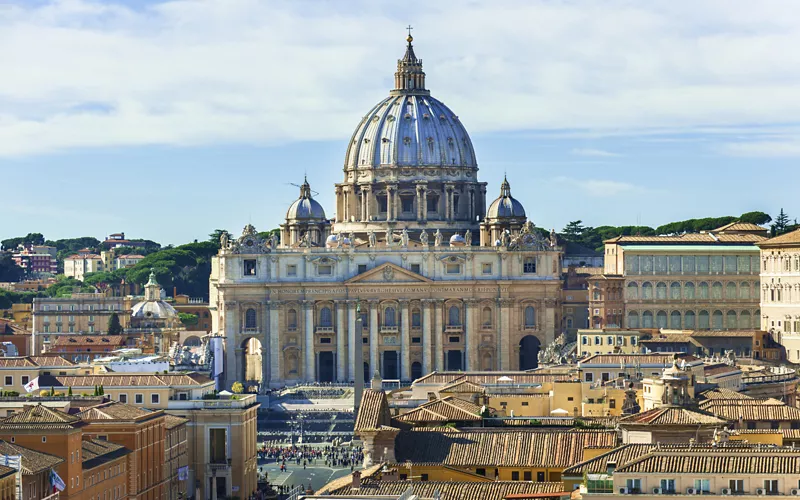
That St. Peter's Basilica is the largest Catholic church is measured by its very interiors. Moving over the central nave's floor, one notes golden stars inserted into the marble they indicate the total length, from apse to entrance, of several of the largest churches dispersed throughout the world.

